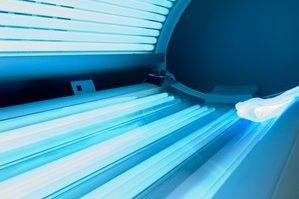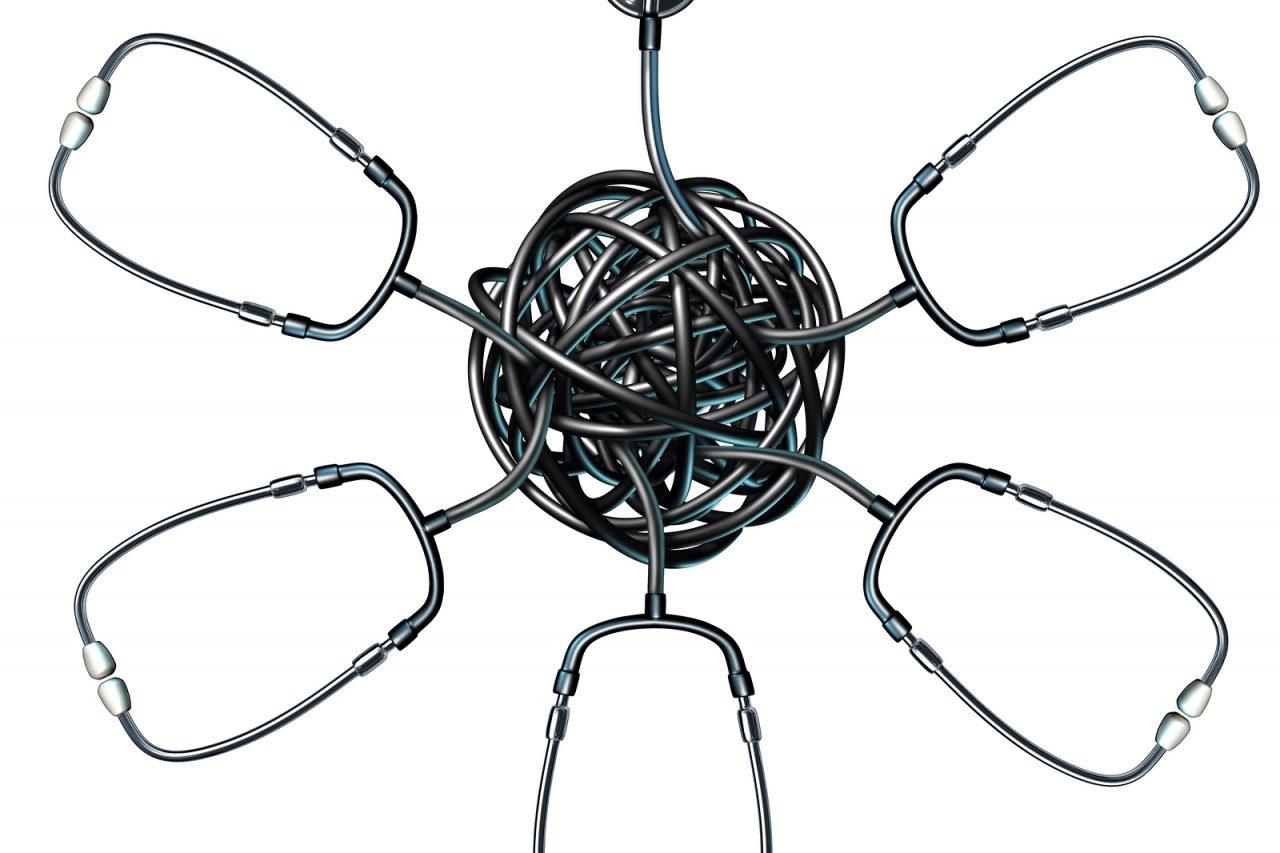The United States of America has the finest cancer care in the world. More cancer treatments were developed here than everywhere else, combined. Administering these therapies are thousands of oncologists whose understanding of the disease is unrivaled. How much do you know about the disease? Try these ten questions and see (answers below):
- Lung cancer affects 1.2 million people in the world each year. With an 86% fatality rate, cigarette smoking is the main cause. Other lung cancer risks include all the following except;
- Radon
- Cigar smoking
- Estrogen
- Asbestos
- Second hand smoke
- Studies indicate that we can control 95% of cancer related pain. However, in reality 50% of cancer patients have uncontrolled pain at sometime during their disease. The one true statement about properly used narcotic pain medicines is;
- They are addictive
- They cause constipation
- The body gets used to them and they stop working
- They suppress breathing
- They cause ulcers
- There are four common types of leukemia. Two are sudden and require rapid treatment (but may be cured) and two are long-standing and may need little or no treatment (but may be hard to cure). Which one of the following is not a leukemia;
- Acute Lymphoblastic Leukemia (ALL)
- Chronic Cytofalsus Leukemia (CCL)
- Chronic Myeloid Leukemia (CML)
- Acute Myeloid Leukemia (AML)
- Chronic Lymphocytic Leukemia (CLL)
- Despite great advances, many cancers continue to be very dangerous. Fortunately, most cancers, at least some of the time, can be cured. Which of the following cancers is never cured?
- Pancreatic Cancers
- Liver Cancers
- Brain Tumors
- Lung Cancers
- None of the above
- It is recommended that average risk persons 50 years or older have a colonoscopy every five to ten years until about 75 years old. Colonoscopies are unusual tests because they not only find colon cancers but they actually prevent them from happening. How do they do that?
- Inflating the bowel with air kills tiny cancers.
- The colonoscopy prep flushes out toxins.
- People who get colonoscopies eat better.
- Colonoscopies remove polyps that might become cancer.
- The magic touch of the doctor prevents colon cancer.
- There is a great deal of confusion about choices to treat prostate cancer. There is little research comparing one therapy to another. It is critical that newly diagnosed prostate cancer patients consider seeing several different types of doctors to get information about options. These types of doctors include all the following except;
- Oncologist
- Urologist
- Podiatrist
- Radiation Therapist
- Primary Physician
- Diet has a great deal to do with protecting oneself from cancer. Low fat, low red meat, high roughage, relatively low calorie diets, save lives. Each of the following foods has been shown to prevent cancer except;
- Coffee
- Garlic
- Alcohol
- Apples
- Sardines
- There is a wide variation in the types of cancer around the world. Countries have different cancer risks depending on the people who live there and life styles. The following is a correct match of country and cancer except;
- China = liver cancer (hepatoma)
- Japan = stomach cancer (gastric)
- Australia = melanoma
- United States = breast cancer
- Iceland = frozen toe cancer (cryodigitoma)
- The “Gardasil” and “Cervarix” vaccines for human papillomavirus (HPV) are remarkable innovations. By preventing virus infection, they prevent cancer. True statements about the vaccines are all the following except;
-
- They can prevent cervical cancer
- Guidelines suggest starting the shots in girls 11 to 12 years old
- The vaccine can be given to males, but is controversial
- Vaccinated women do not need PAP smears
- The vaccine can cause redness, swelling or soreness at injection site
10. The future of cancer prevention is genetic testing. The BRCA1 and BRCA2 genetic tests warn people who are at significant risk for certain cancers. The following statements are true, except;
- Every Jewish woman under 50 should have these tests
- Women and men with BRCA1/2 mutations have an increased risk of breast cancer.
- Insurance pays for this simple blood test, if indicated
- Women with close relatives that have had breast or ovarian cancer, should consider getting these tests
- It is often possible to prevent cancer in patients with BRCA1/2 mutations
ANSWERS: 1 – 3; 2 – 1; 3 – 2; 4 – 5; 5 – 4; 6 – 3; 7 – 3; 8 – 5; 9 – 4; 10 –1







Comment